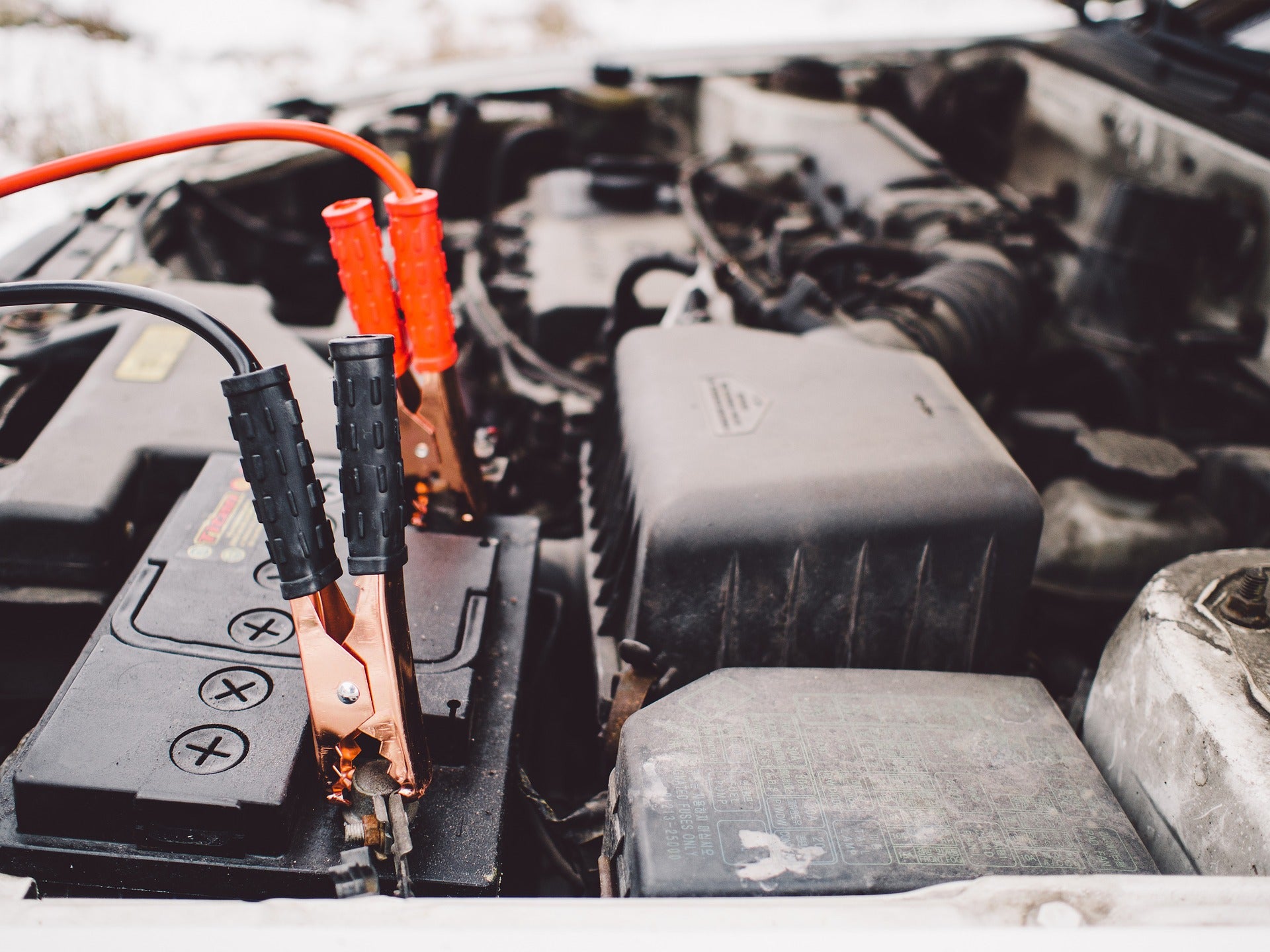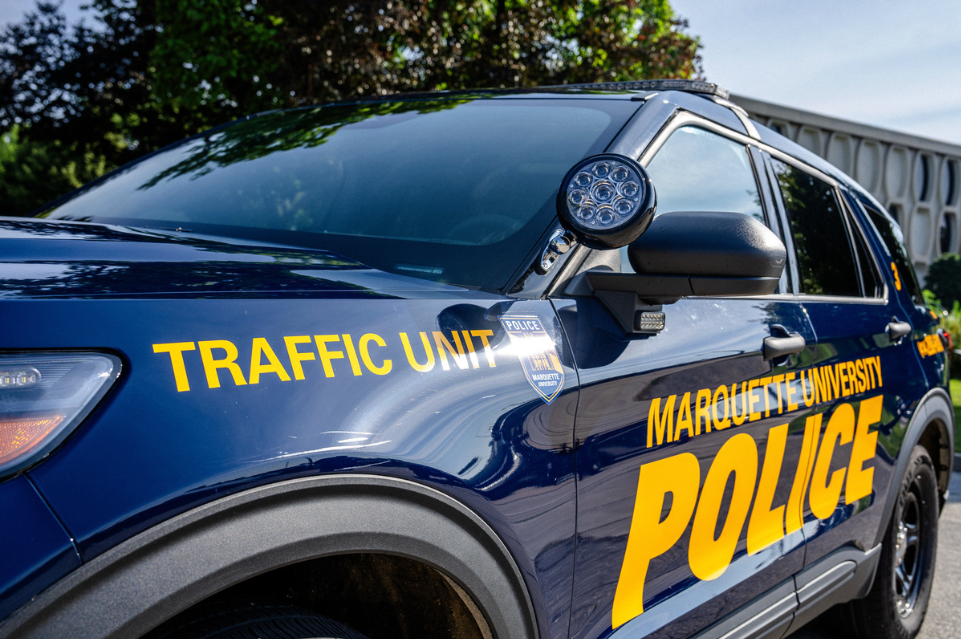Jump starting a car can be intimidating for some people. We take the mystery out of it with our vehicle maintenance expert, Jim Ward. He also answers listener questions.
Featured in this Show
-
Madison Mechanic Offers Advice For Those Who May Be Intimidated By Using Jumper Cables
Wisconsin winters can be unforgiving. As temps drop, the chances rise of having to jump start a car. For those who don’t spend a lot of time underneath the hood, the prospect of having to use jumper cables without damaging a vehicle or suffering personal injury can be intimidating, if not a little scary.
Jim Ward has been fixing and maintaining cars for about 40 years. As a master-certified mechanic at Smart Motors in Madison, he has a few tips to make sure things go just fine, which they almost always do.
“It usually goes just fine,” he said. “Nobody gets hurt, nothing gets damaged, the car gets started, everybody is on their way, life is good.”
But things can go wrong, so drivers should take some precautions, especially because placing the copper clamps to the wrong place can cause instantaneous damage to the vehicle. The surge in power can blowout fuses, which, depending on the model of the car, can also result in damage to heater-blowing motors, the radio or the electrical computer system.
“Some of the fuses in cars are not just a cheap little fuse, either,” said Ward. “Some of the fuses that protect your electrical system are like a big breaker that can actually be pretty expensive, like a $150 to replace. And that can be on the light end of things.”
Personal injury is another matter of grave concern for those handling what can feel like a threatening small rubber hose of electricity. Ward emphasized that things seldom go wrong. In fact, in his nearly 40 years on the job, he’s only personally seen one battery explode.
“Again, rarely, rarely do things go wrong,” Ward said. “But one of the most common concerns about personal injury has to do with ignitable fumes, gases that might be under the hood of a vehicle, particularly over a charging battery.”
When a car won’t start, Ward said it’s important to figure out whether a jump will actually fix things. In other words, it might not be the battery that’s causing problems.
“One of the things that you can try yourself is just try flipping the headlights on and cranking it over. If the headlines dim right out, that’s a pretty good indication that either the battery is low on charge or we’ve got a connection problem,” Ward said.
When certain it is in fact the battery, and a jump start is necessary, Ward said it’s a good idea to first read the car’s owner’s manual and to read the instructions on the jumper cables. He added that most jumper cables will do the job just fine. While longer cables provide convenience should the charging car be unable to cozy up next to the vehicle in need of a jump, the longer the cable will lose power in the length.
Ward suggested the following steps to get your car up and running again:
- Park the functioning car next to the dead vehicle as close as possible.
- Turn off both vehicles, remove the keys and engage the parking brake on both cars.
- Place the jumper cables on the ground and make sure the clamps do not touch each other.
- Open the hoods of each car and locate the battery location.
- Identify the positive (+) and negative (-) charges associated with the battery terminal knobs.
- Attach the red, positive cable clamp to the positive battery terminal on the battery of the dead car.
- Attach the red, positive cable clamp to the positive terminal of the functioning vehicle’s battery.
- Connect the black, negative cable clamp to the working battery’s negative terminal
- Attach the black, negative cable clamp to a solid, unpainted, metal surface of the dead car as far away from the battery as possible.
- Start the working vehicle and let it run for a minute or two.
- Try starting the dead car. If it doesn’t start, allow the functioning vehicle to charge the batter for an additional minute before trying again.
- Once the dead car is running, you may disconnect the jumper cables in the reverse order that they were attached.
- Let the newly running car drive for a while in order to build up the charge in the battery.
Ward added that there are some cars on the market that don’t recommend a jump start at all. Those typically include high-end vehicles, notably the Jaguar and Mercedes S Class make and models.
Lastly, Ward said there may be a safer way to do this, and probably something that can offer more peace of mind. That would be a jumper pack, and provided that they’re charged, it does not require a second vehicle, which may come in handy should you be stranded alone.
Episode Credits
- Larry Meiller Host
- Jill Nadeau Producer
- Jim Ward Guest
Wisconsin Public Radio, © Copyright 2025, Board of Regents of the University of Wisconsin System and Wisconsin Educational Communications Board.


